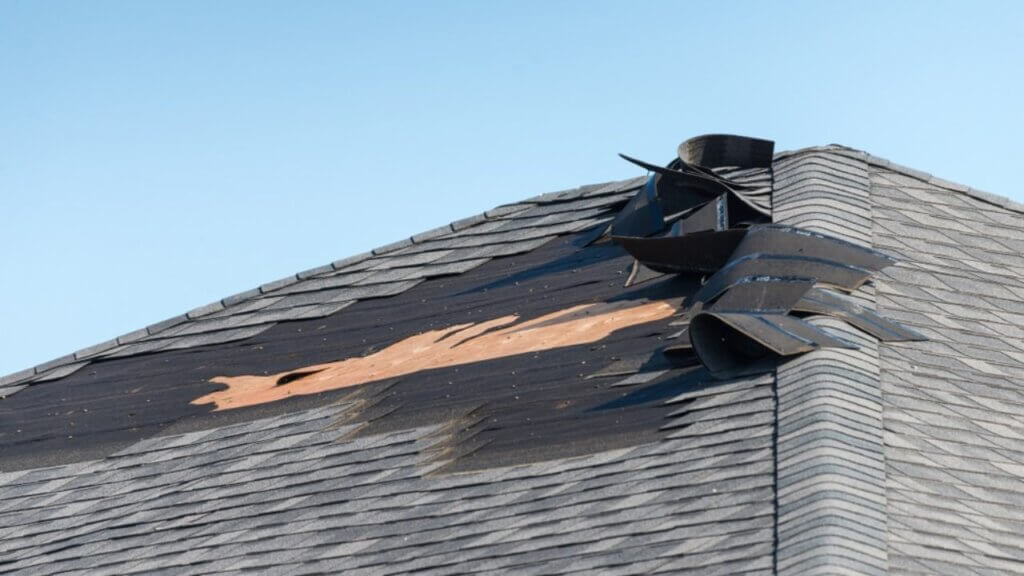Introduction
Your roof protects your home from Cape Cod’s harsh coastal elements. Over time, damage is inevitable—but how do you know when a repair will do the trick, or when a full replacement is necessary? This guide breaks down the signs, costs, and smart strategies for homeowners.
We at PLJ are the leaders in carpentry services in Cape Cod, MA,and specialists in roofing services.

Click here and get a free quote for your roofing project with PLJ Carpentry
1. Common Roofing Issues in Cape Cod
- Storm damage (wind, hail, and salt air corrosion)
- Ice dams and snow buildup
- Leaks and water stains
- Missing, cracked, or curling shingles
2. When to Repair Your Cape Cod Roof
- Minor or Isolated Damage
- Signs: A few missing or damaged shingles, minor leaks, or flashing issues.
- Solution: If the damage is limited to a small area and the rest of the roof is in good condition, targeted repairs can extend the roof’s life.
- Recent Installation
- Signs: The roof is less than 10–15 years old, and issues appear minor or weather-related.
- Solution: Repairing newer roofs often makes more financial sense, especially if it’s still under warranty.
- No Major Water Intrusion
- Signs: Small water stains or leaks that haven’t spread extensively.
- Solution: Address these early to prevent rot, mold, or insulation damage.
- Good Overall Condition
- Signs: Most shingles are intact, and there’s no sagging or significant wear.
- Solution: A well-maintained roof with a few problem areas usually just needs spot fixes.
3. When to Replace Your Cape Cod Roof
- Age of the Roof
- Signs: 20+ years old for asphalt shingles (the most common material).
- Solution: If your roof has reached the end of its expected lifespan, replacement is more cost-effective in the long run.
- Widespread Shingle Deterioration
- Signs: Curling, cracking, bald spots (missing granules), or many loose shingles.
- Solution: These are signs the roof system is failing. A new roof ensures proper protection.
- Multiple or Recurring Leaks
- Signs: Chronic leaks, even after repairs, or visible signs of water damage in multiple areas.
- Solution: Recurring leaks may point to systemic issues. Replacing the roof can eliminate persistent problems.
- Structural Issues
- Signs: Sagging roofline, water-soaked decking, or rotting support beams.
- Solution: These issues go beyond surface repairs and often require full roof and substructure replacement.
- Poor Past Repairs or Layering
- Signs: Roof has multiple layers of shingles or patchwork repairs.
- Solution: Layering can trap moisture and mask deeper problems. A clean replacement is safer and more efficient.
4. Cape Cod Weather Considerations
Cape Cod’s coastal climate—with high winds, heavy snow, and salty air—can accelerate roof wear. Investing in higher-grade materials or weather-resistant shingles can extend your new roof’s life and improve energy efficiency.
Conclusion
A timely repair can preserve your Cape Cod home’s charm and function, but knowing when to invest in a full replacement is essential for safety and value. When in doubt, consult a trusted roofing professional to assess your roof’s condition and help you choose the right solution.

